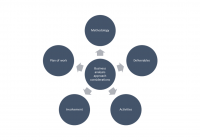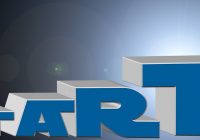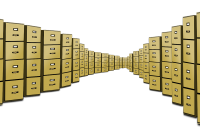Planning a business analysis approach
Purpose of Business analysis approach The purpose of the business analysis approach document is to set out the business analysis involvement for the work concerned to set expectations, to feed into a wider plan and gain agreement on the deliverables. When to put together a Business Analysis approach document This could be put together as part of the… Read More »










